
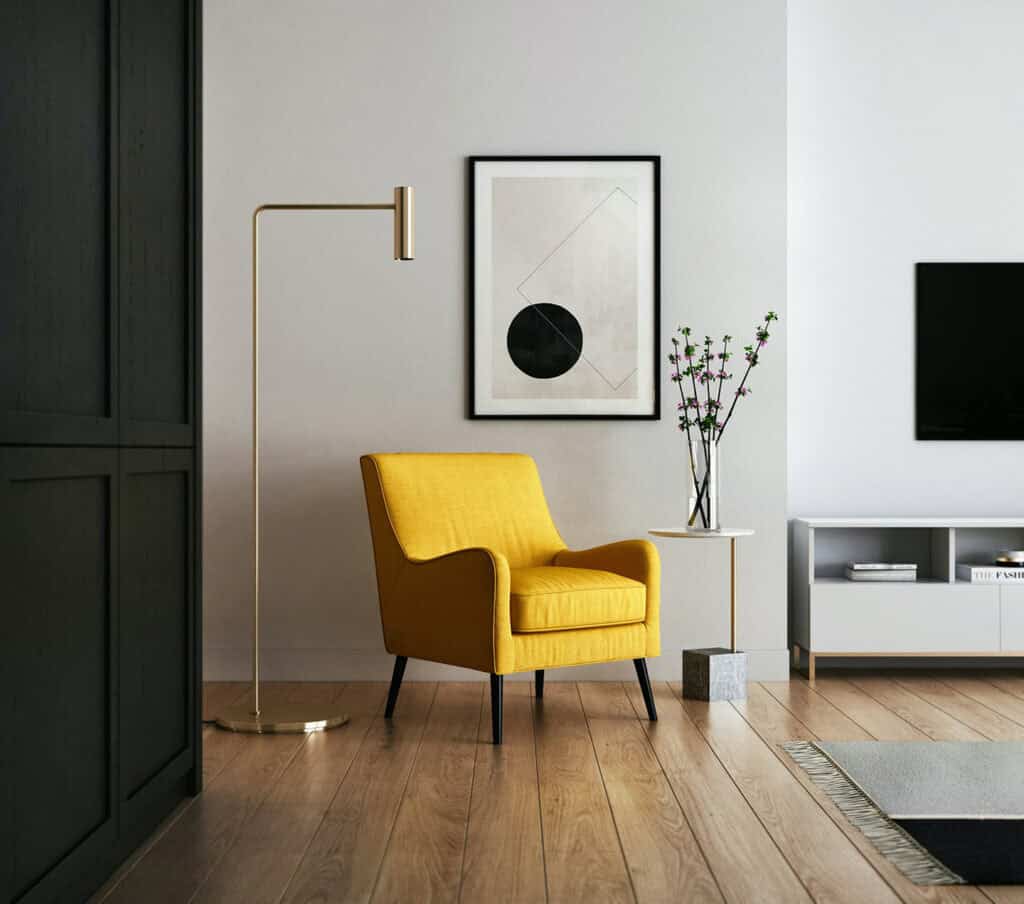
Are you struggling to create emphasis in your interior design? Emphasis is key. It can turn a simple room into a space that draws attention and highlights its best features.
At Landmarks Architects, we’re here to help you unlock the full potential of your space. We’ll guide you in using emphasis techniques. They will highlight a room’s best features. This will create a stunning, cohesive, and functional space. It will also be pleasing to the eye.
In this article, we’ll cover:
- Identifying and creating focal points
- Using color and contrast to draw attention
- The role of lighting, texture, and negative space in achieving emphasis
Ready to transform your space into one that captivates and inspires?
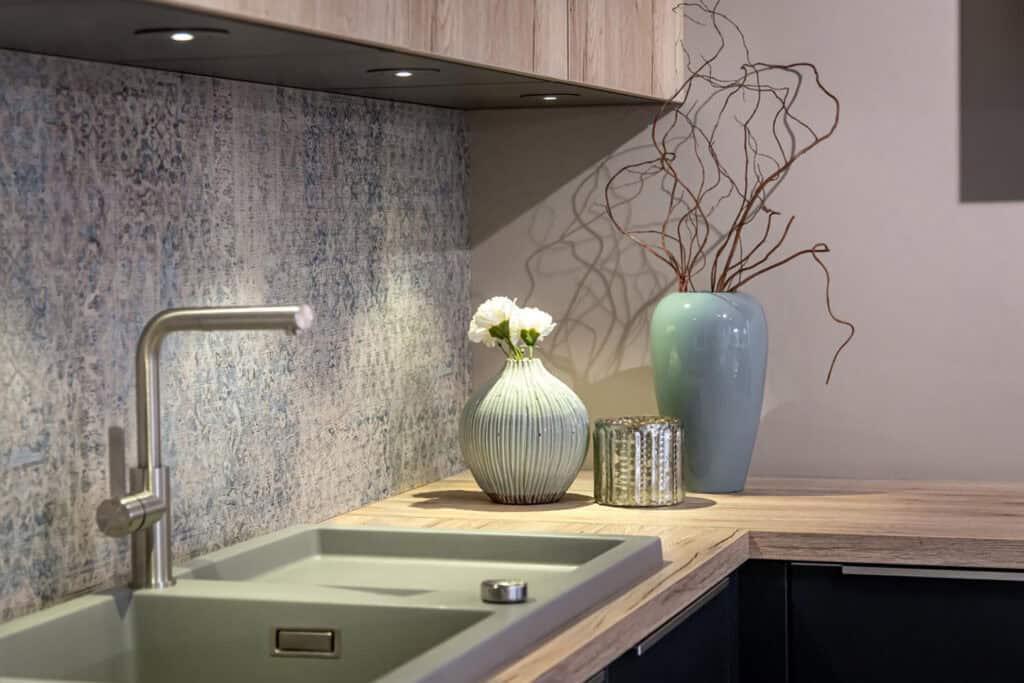
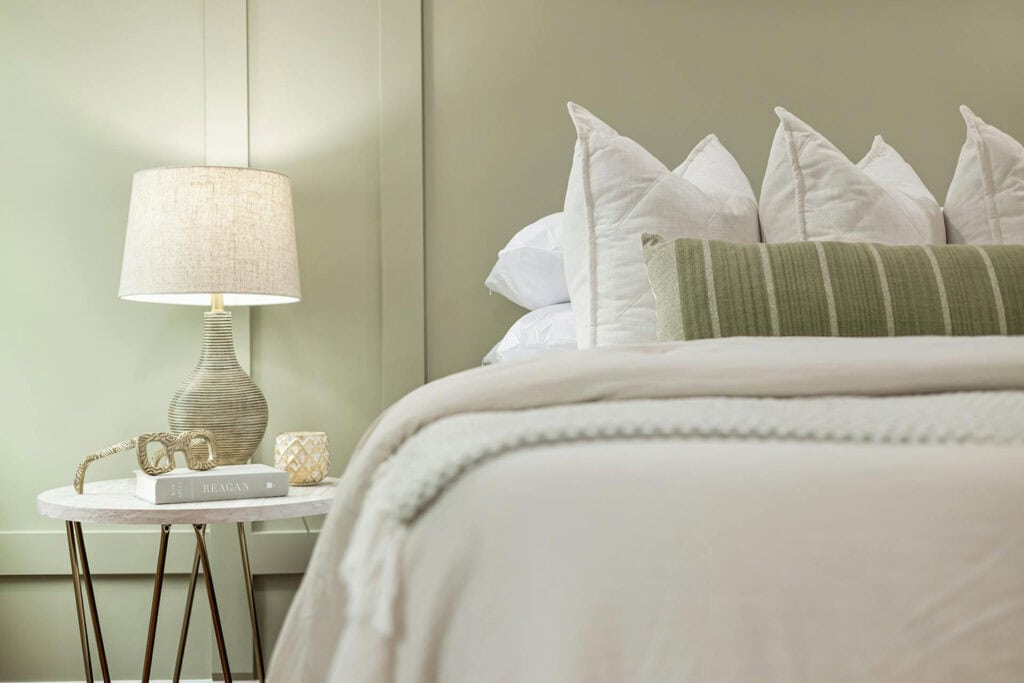
Understanding Emphasis
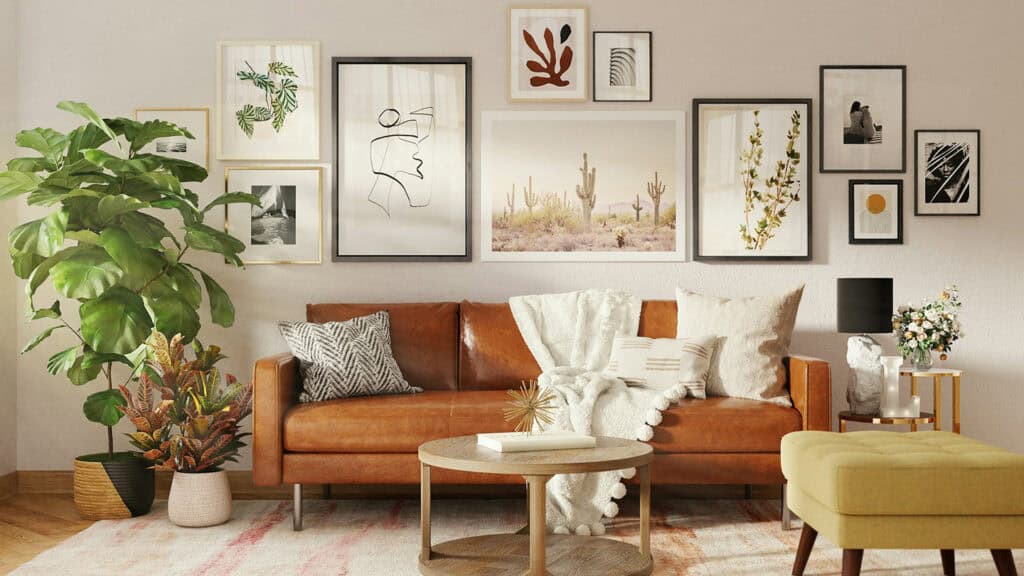
Emphasis is a key principle in interior design. It shapes our perception of and interaction with a space. It uses techniques that highlight key elements. They create focal points that draw the viewer’s attention.
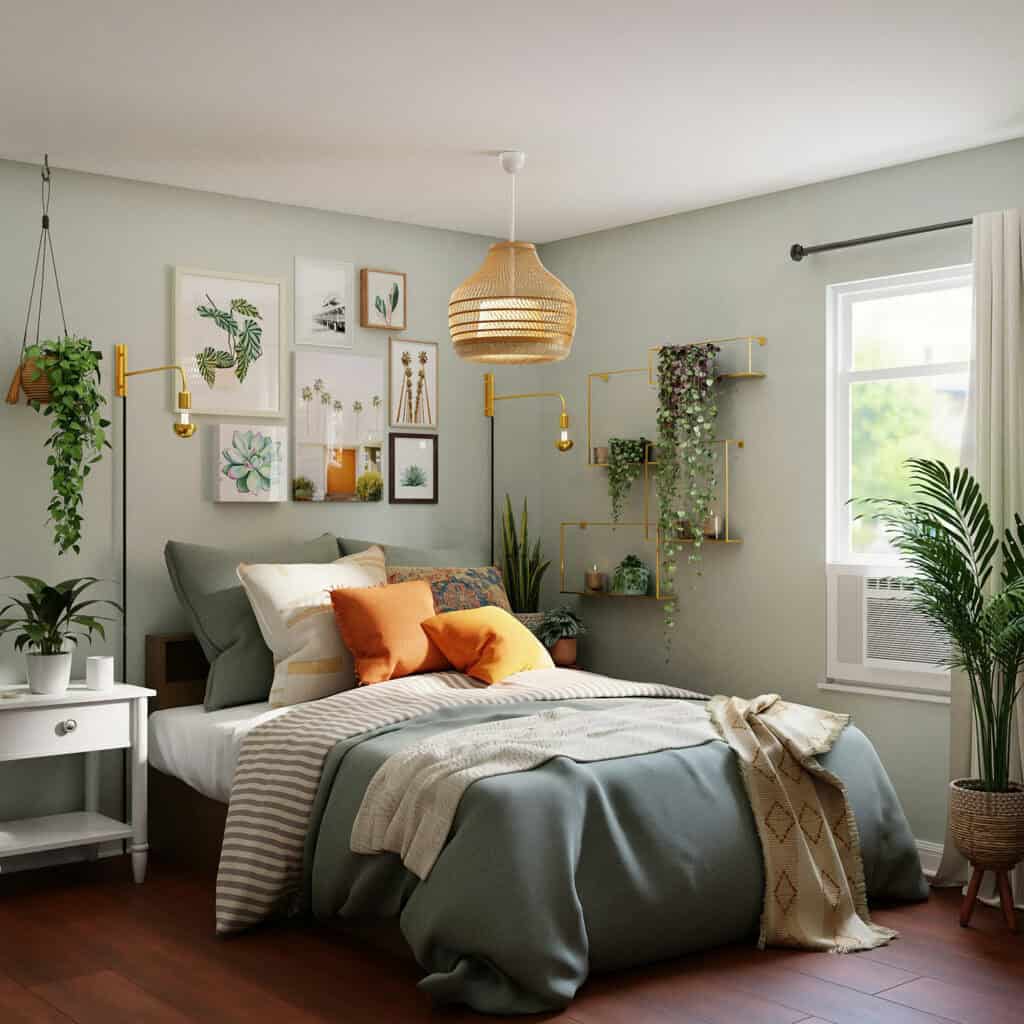
By mastering emphasis, designers can transform a room. They can add depth, drama, and focus. This approach makes the space more functional and visually appealing. It highlights its best features.
See also: Harmony in Interior Design: 10 Tips for Balance and Unity
Techniques for Creating Emphasis in a Space
Let’s explore effective techniques for creating emphasis that will enhance the visual interest of your space.
1. Focal Points
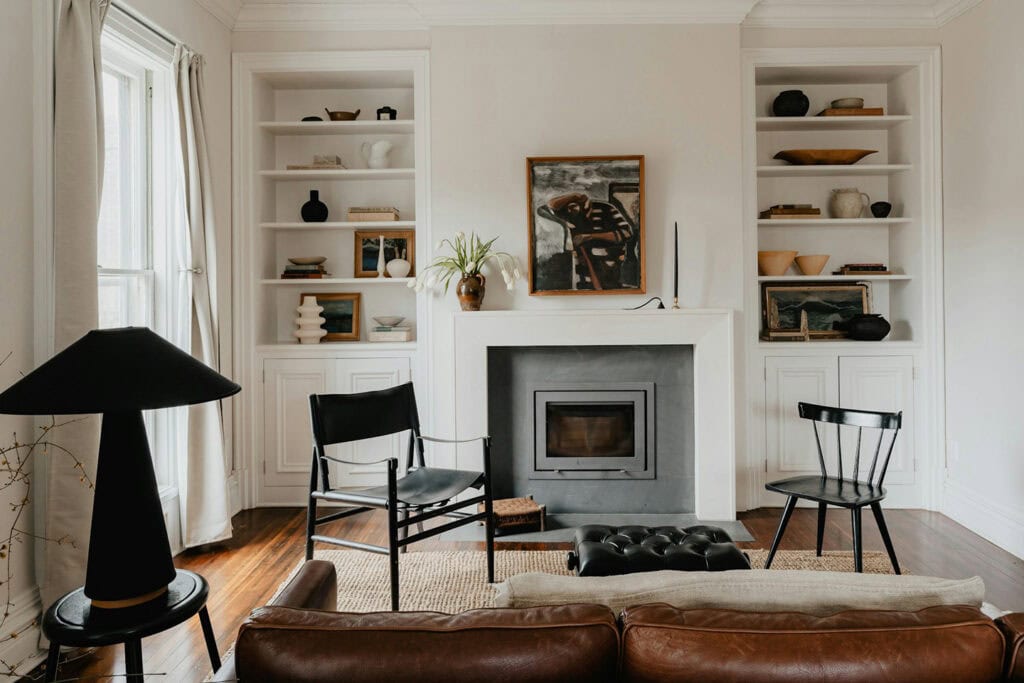
A focal point acts as the centerpiece of a room, naturally drawing the viewer’s attention. Common examples include architectural features, like fireplaces or large windows.
Bold furniture pieces, such as statement sofas or dining tables, are also examples. Creating focal points adds visual interest and strengthens the overall design.
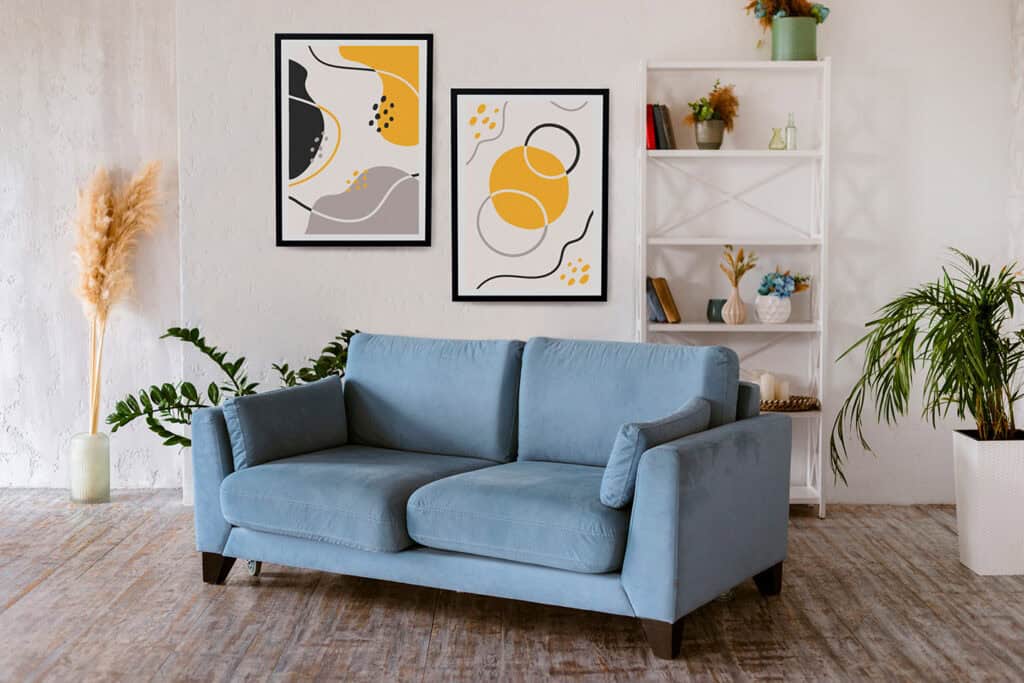
To create focal points, position the main feature to immediately catch the eye. Add decor or lighting to enhance its impact and balance.
2. Color and Contrast
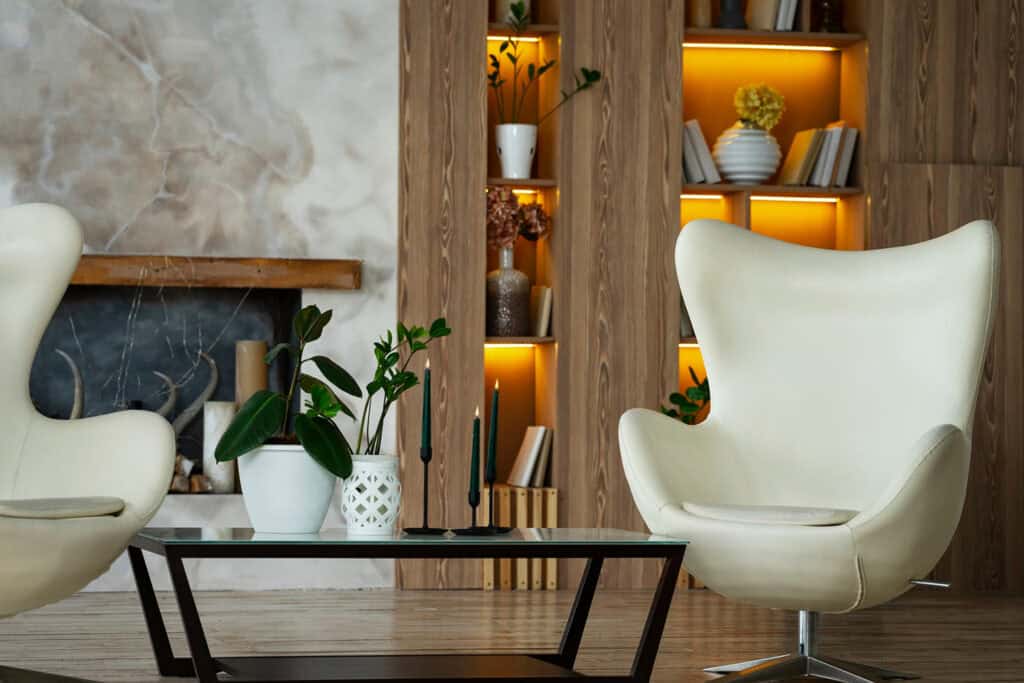
Effective use of color and contrast can greatly enhance emphasis in a space. Bright colors grab attention. They are perfect for accent walls or bold furniture. Contrasting hues add visual interest and appeal.
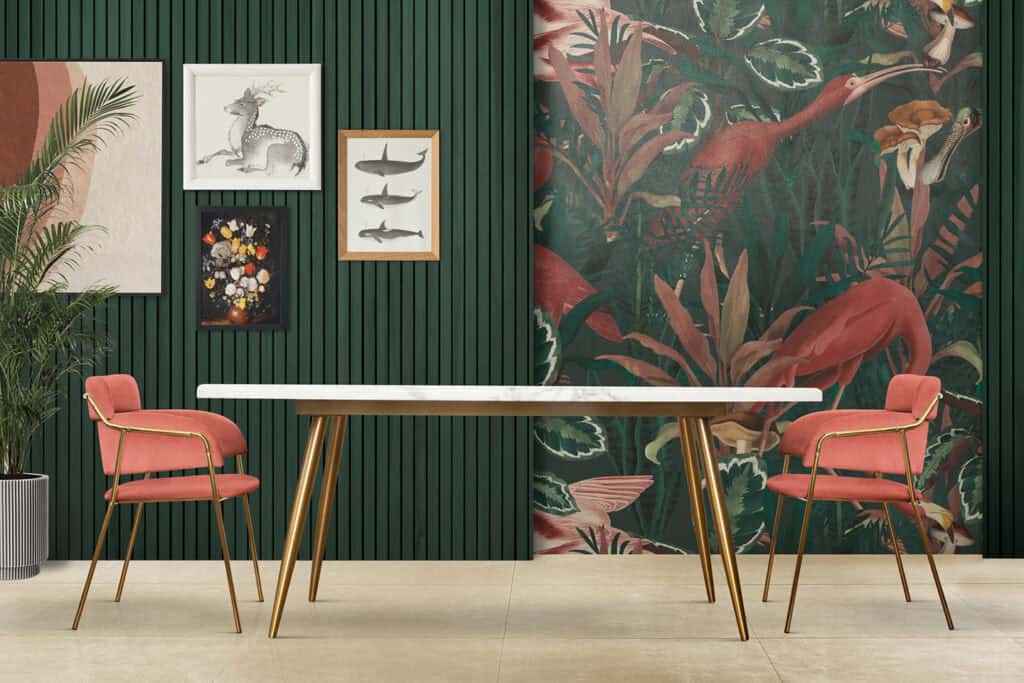
To create emphasis, pair bold colors with neutrals for a dynamic look. A vibrant, textured accent wall can showcase a sofa. It will guide the viewer’s eye where it matters most.
3. Furniture Placement
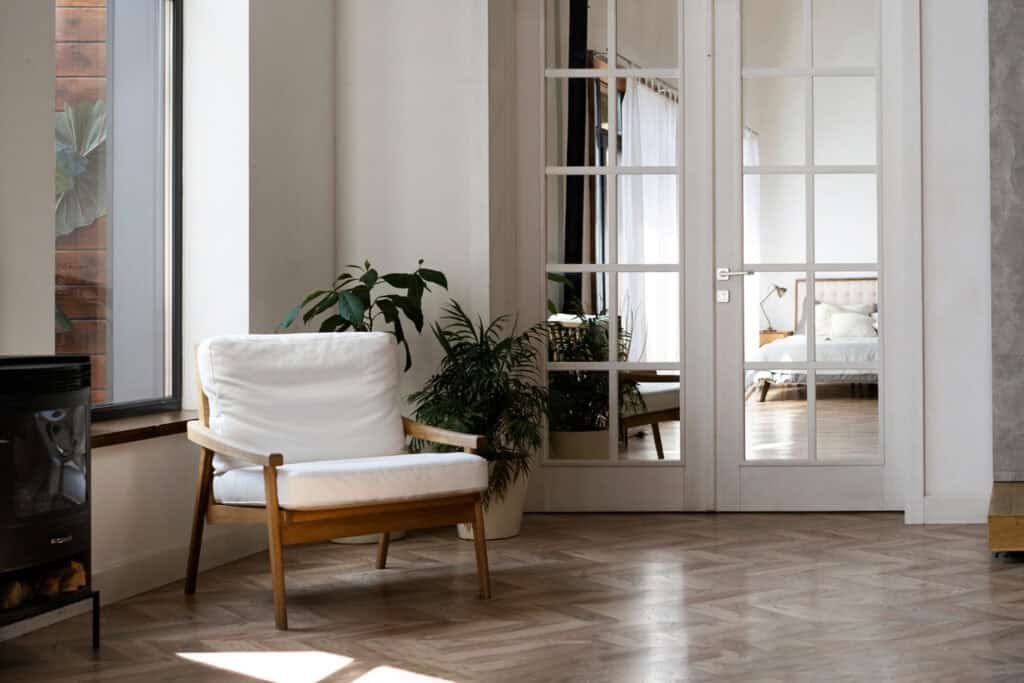
Strategic furniture placement is essential for enhancing emphasis in interior design. Arranging furniture creates clear focal points. A statement piece, like a beautiful dining table, can be the room’s centerpiece. Place it in the center and surround it with chosen seats.
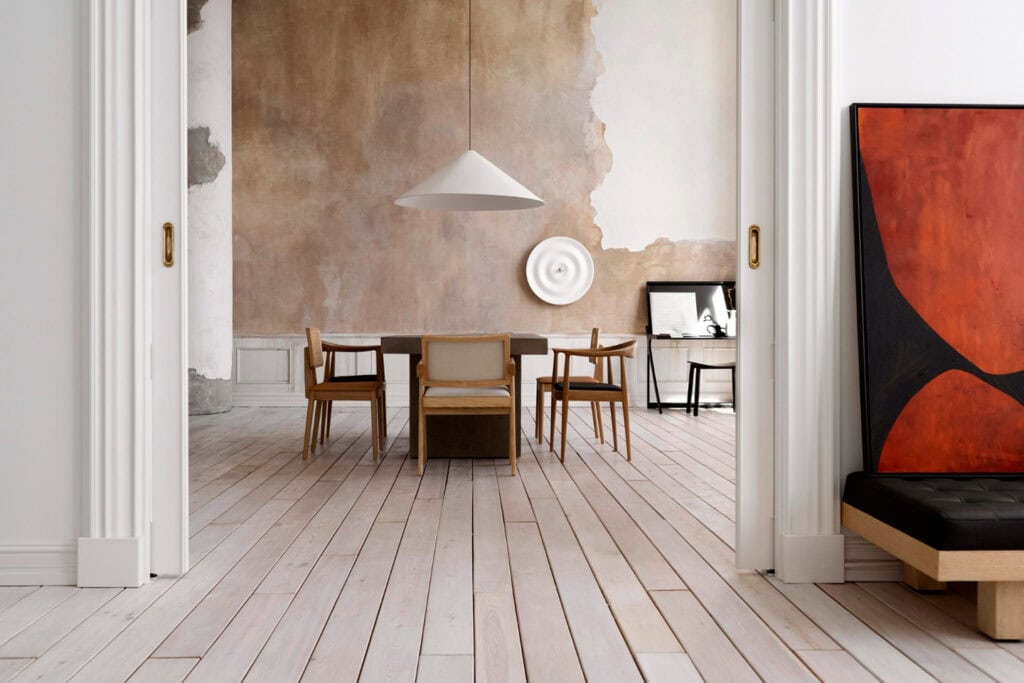
To promote movement and flow, balance larger pieces with smaller decor. This method highlights the main point. It keeps a harmonious, clear visual hierarchy in the space.
See also: Wabi-Sabi Interior Design: 9 Essentials of Beauty & Simplicity
4. Lighting Techniques
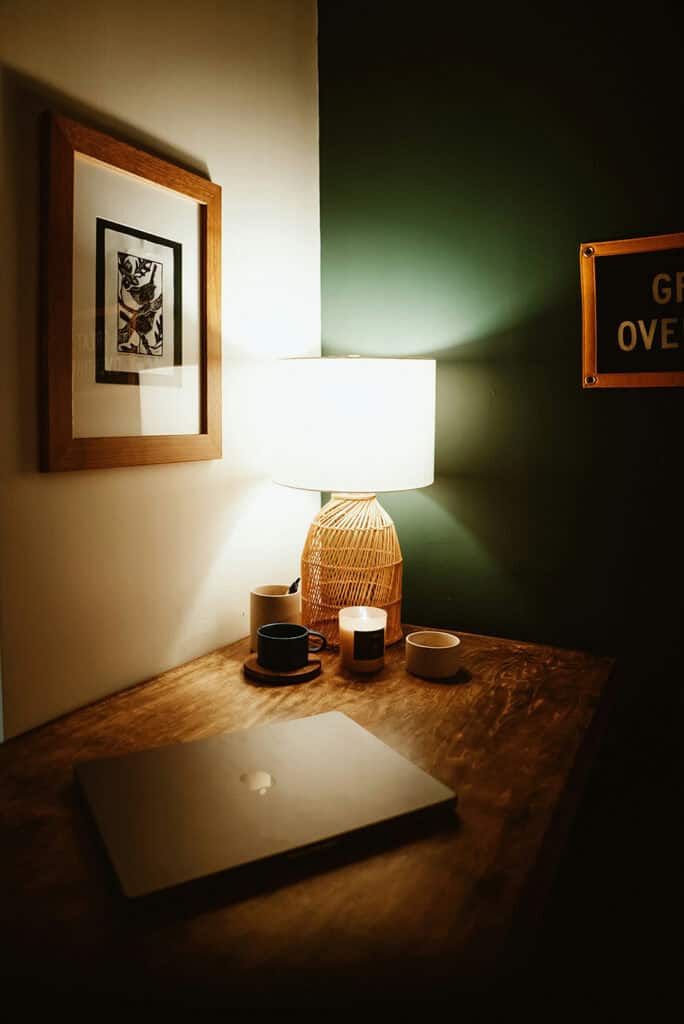
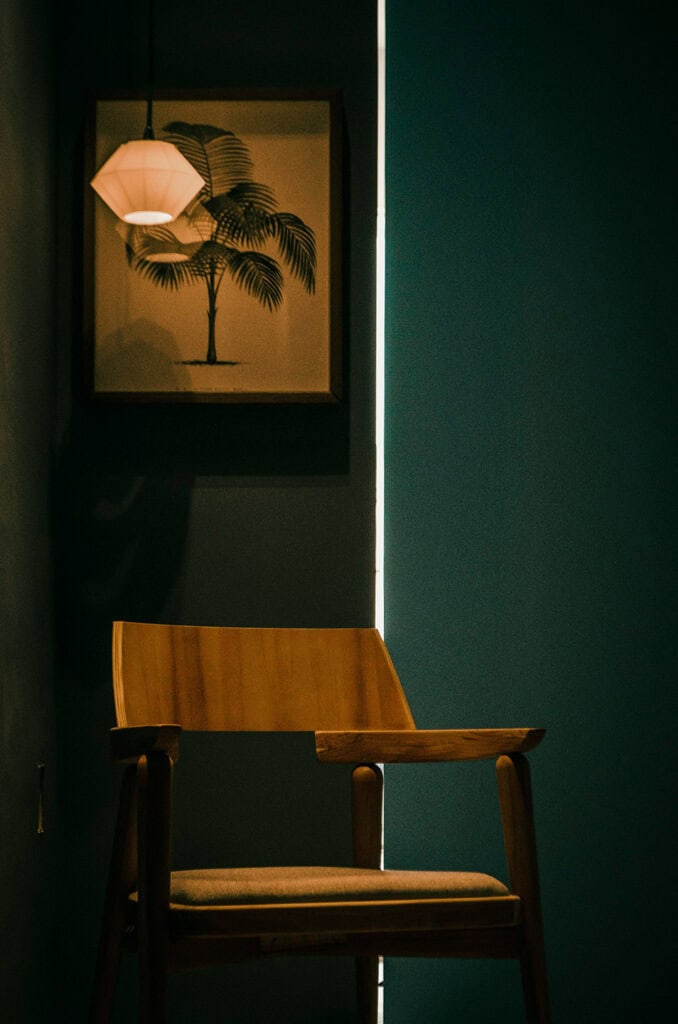
Lighting techniques are essential for creating emphasis by directing attention to key elements. Accent lighting, like pendant or track lights, highlights features. These include artwork, sculptures, and architectural details.
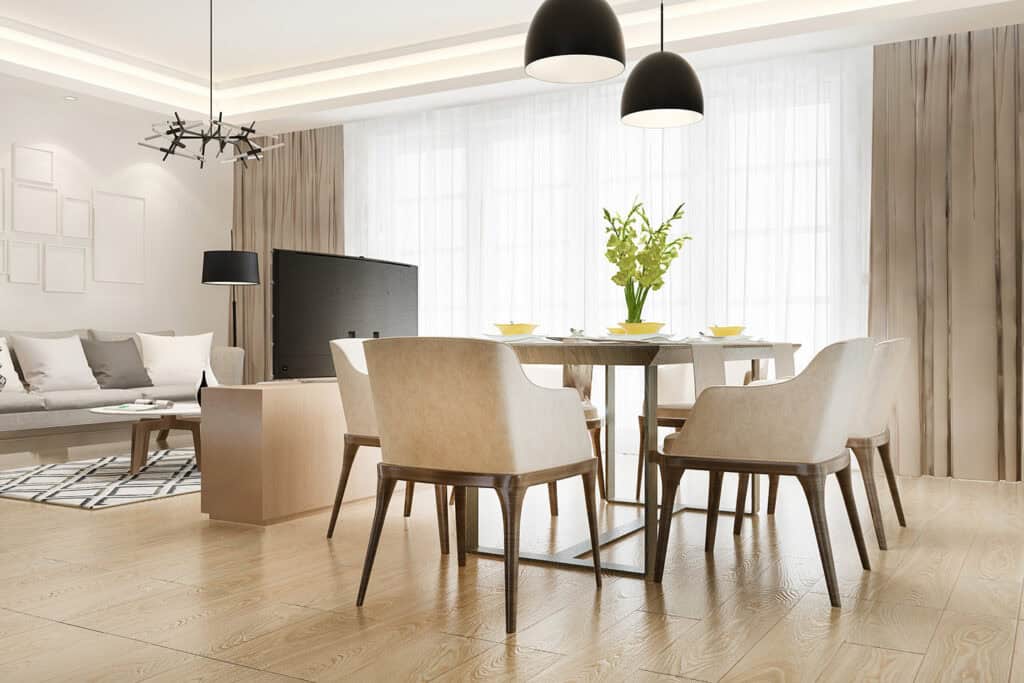
To enhance visual interest, strategically place lights to create drama. Additionally, layered lighting solutions add depth, making the space more visually captivating.
5. Textures and Materials
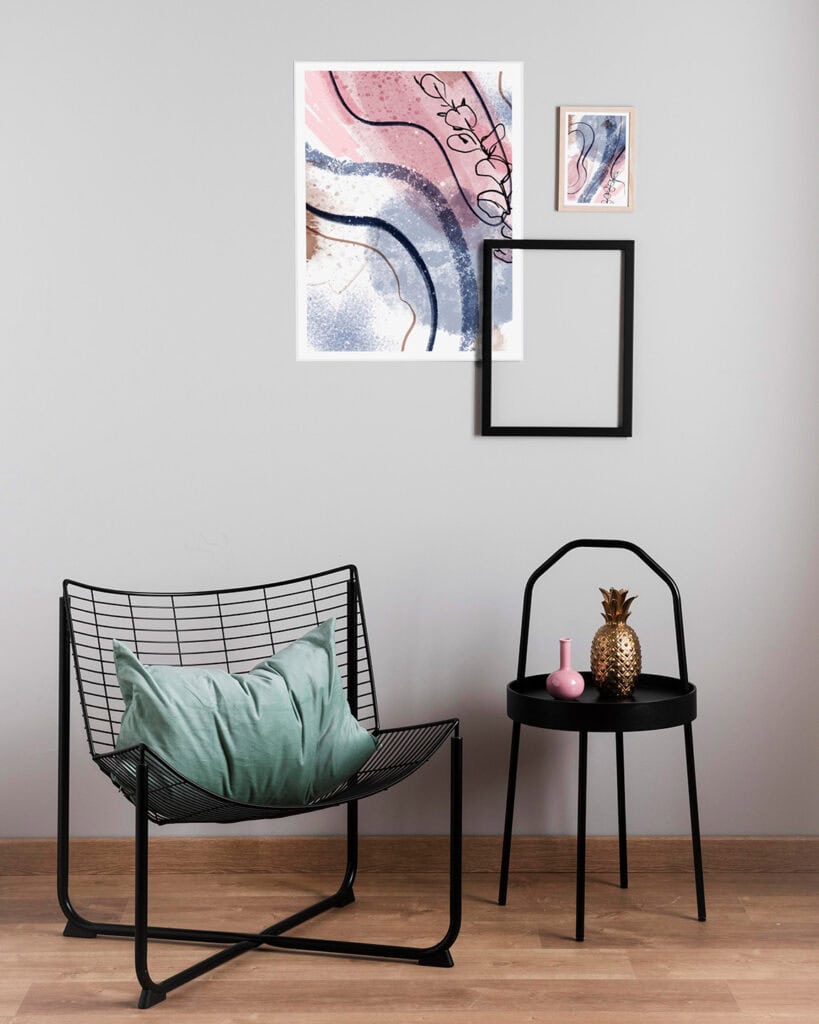
Combining different textures boosts a space’s visual appeal and complexity. Textured accent walls add depth. Varying materials create a harmonious design.
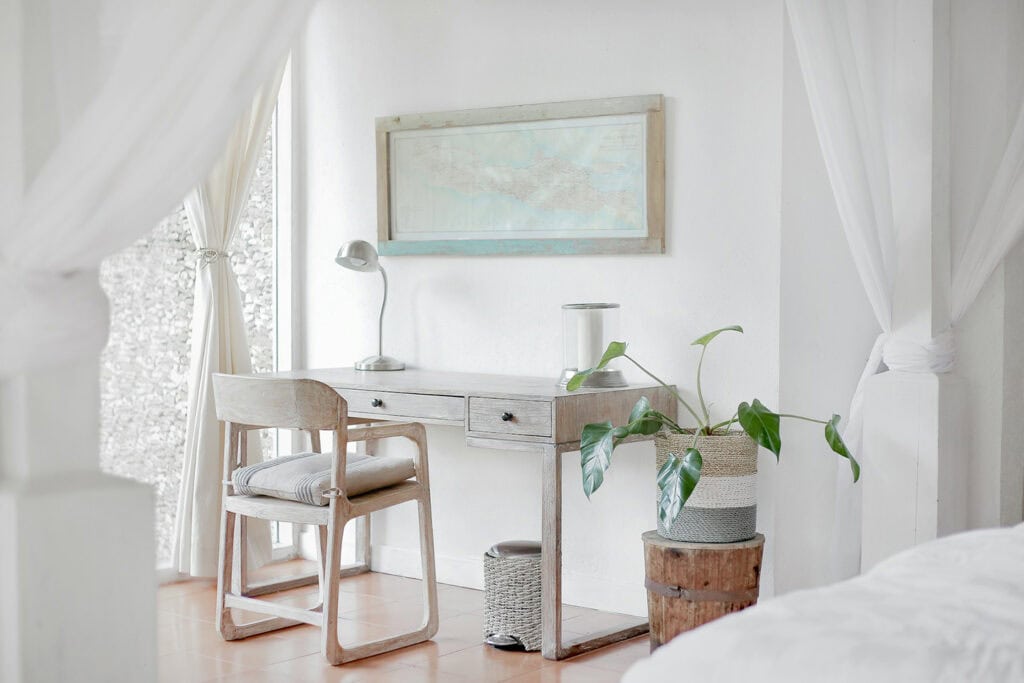
To enhance emphasis, pair sleek surfaces with soft fabrics for a striking contrast. This engages the viewer’s eye, highlighting key elements. Unique materials in statement furniture can make a room more dynamic and visually compelling.
6. Negative Space

Negative space is key to creating emphasis. It gives elements room to breathe, making them stand out. Clean lines and open layouts reduce clutter. They sharpen the viewer’s focus on key points.

Strategically using negative space directs attention to important features. For example, a statement light fixture on a light wall will draw the eye without distraction.
Examples of Emphasis in Different Spaces
Explore how to enhance both style and function by creating emphasis in every room. The next sections will show unique ways to: highlight key elements, establish focal points, and maintain balance in any space.
See also: Dark Interior Design: 4 Tricks to Create a Cozy Haven
Living Room

- Position a statement sofa as the room’s focal point for immediate attention.
- Enhance visual interest with decorative pillows or an oversized rug.
- Balance the space with contrasting colors.
- Incorporate standout large artwork or striking sculptures for added depth.
- Use accent lighting to highlight focal points and create visual impact.
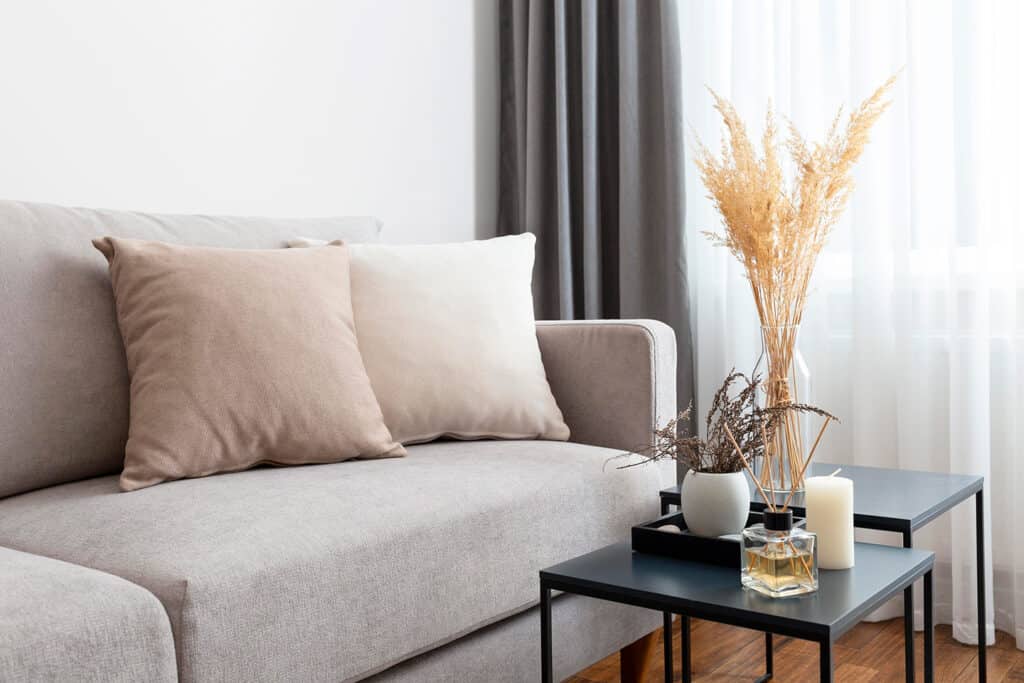
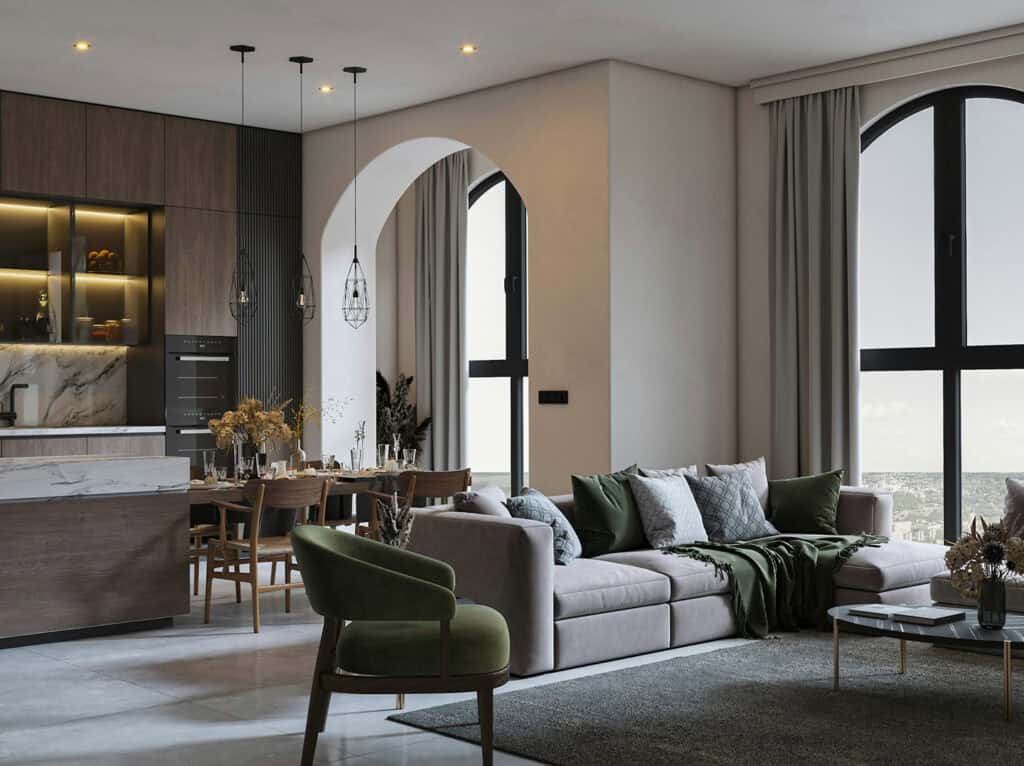
Kitchen
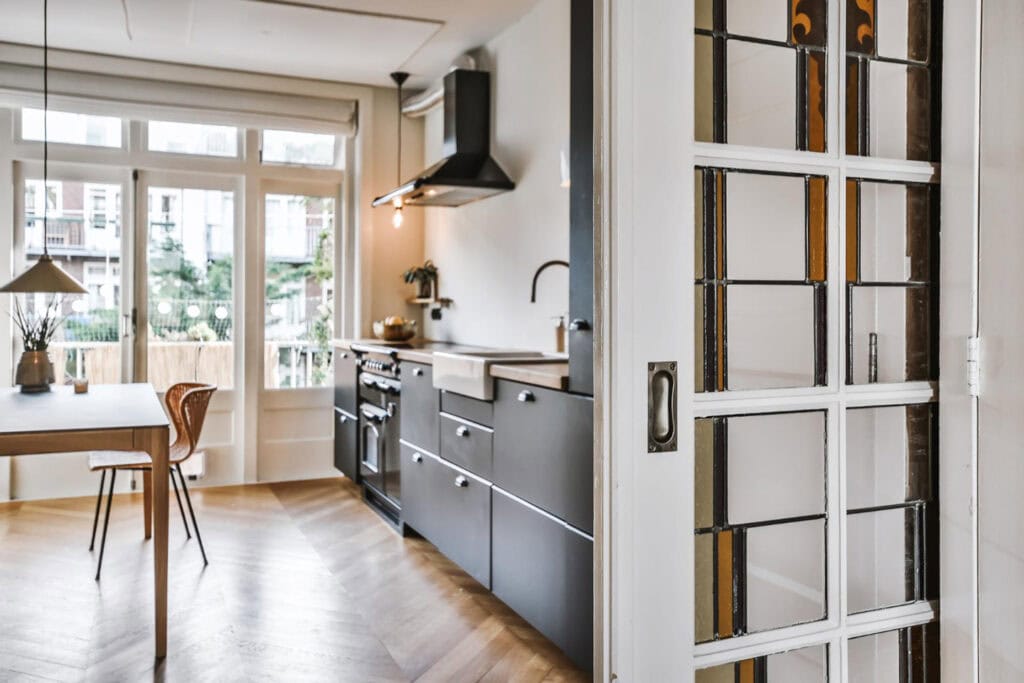
- Focus on architectural features like the backsplash or dining table.
- Use a unique backsplash to create interest.
- Style the dining table with centerpieces as the focal point.
- Install a bold pendant light to highlight the dining area.
- Use track lighting to enhance key work areas.
- Add textures for visual appeal without clutter.

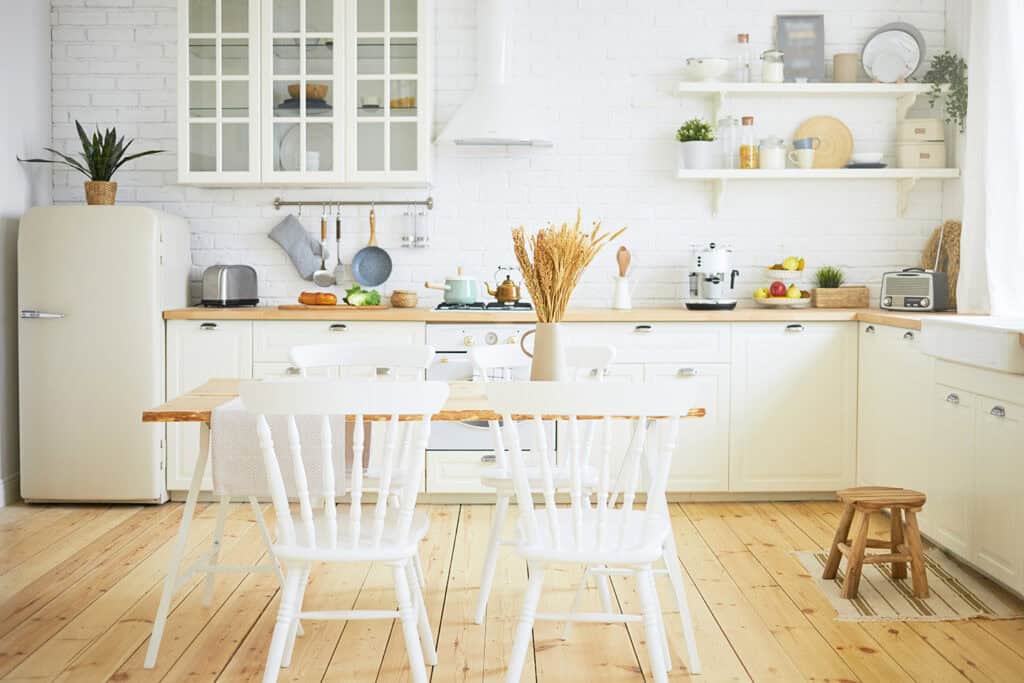
Bedroom

- Use a distinctive headboard or artwork as the focal point.
- Opt for soft, neutral colors to create a calm atmosphere.
- Add vibrant accents for contrast and interest.
- Enhance charm with textured bedding like velvet throws or quilts.
- Style bedside tables with decor for added charm.
- Create drama with accent walls or wallpaper without overwhelming the space.
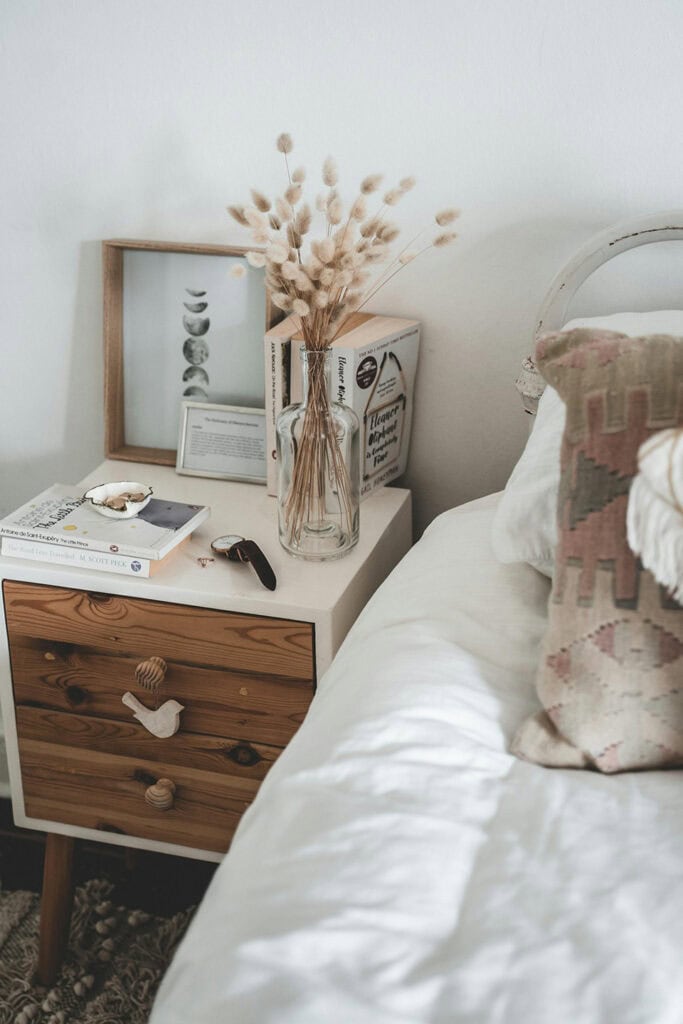
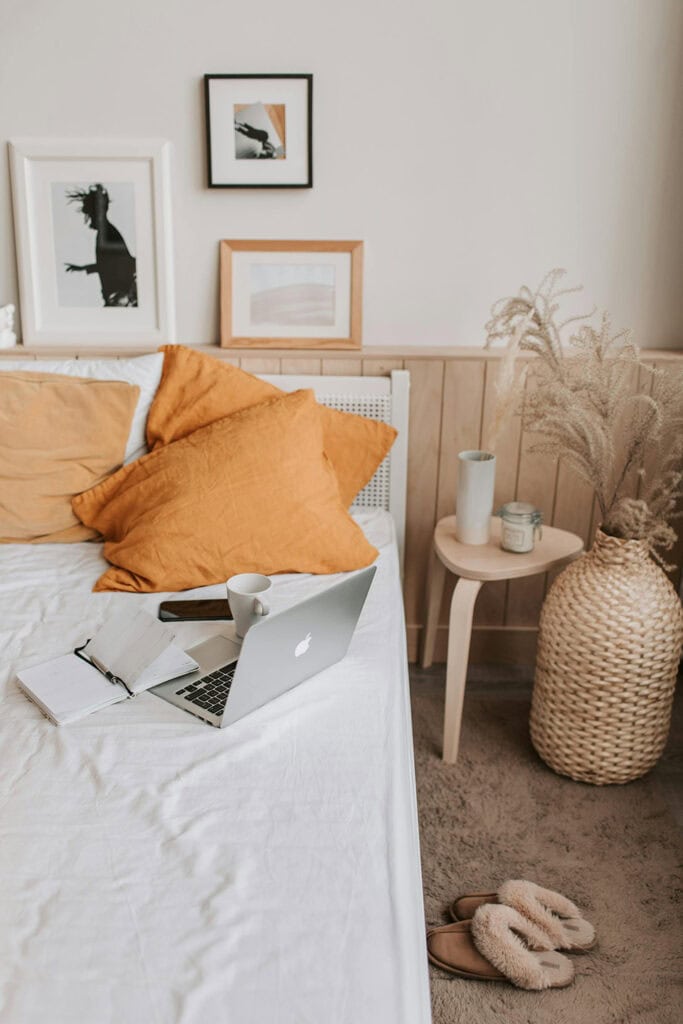
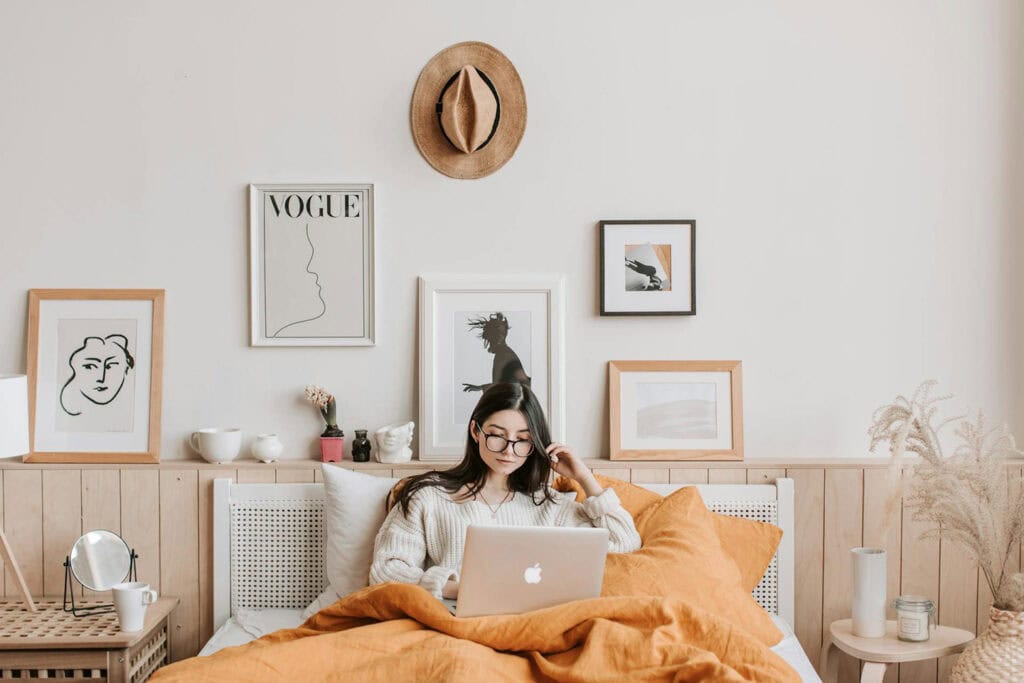
Office
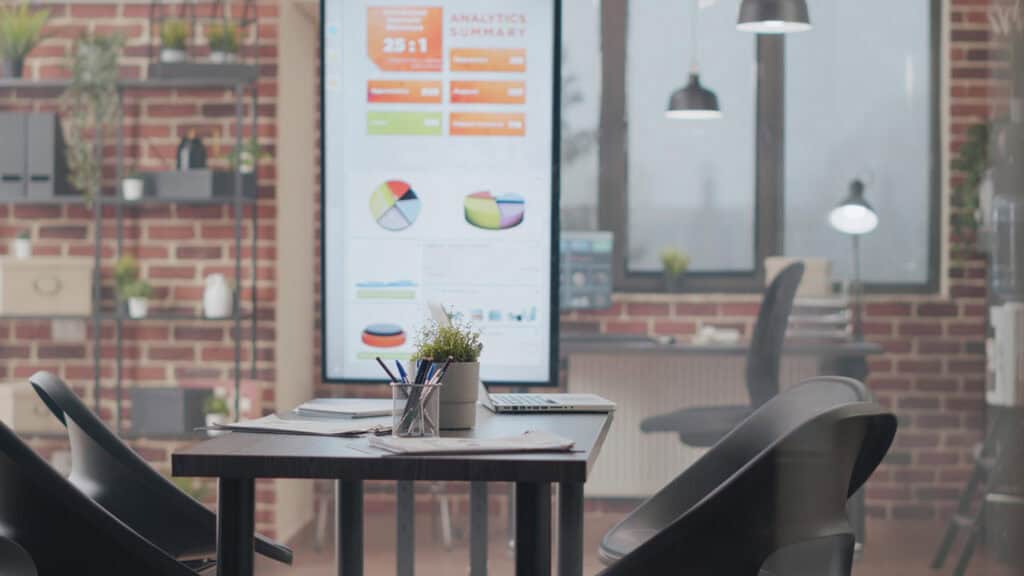
- Prioritize emphasis for productivity and focus in the office.
- Position the desk near a window to draw natural light.
- Create an inspiring wall gallery with motivational quotes or art.
- Use a desk lamp or track lighting to brighten the workspace.
- Incorporate plants for beauty and improved air quality.
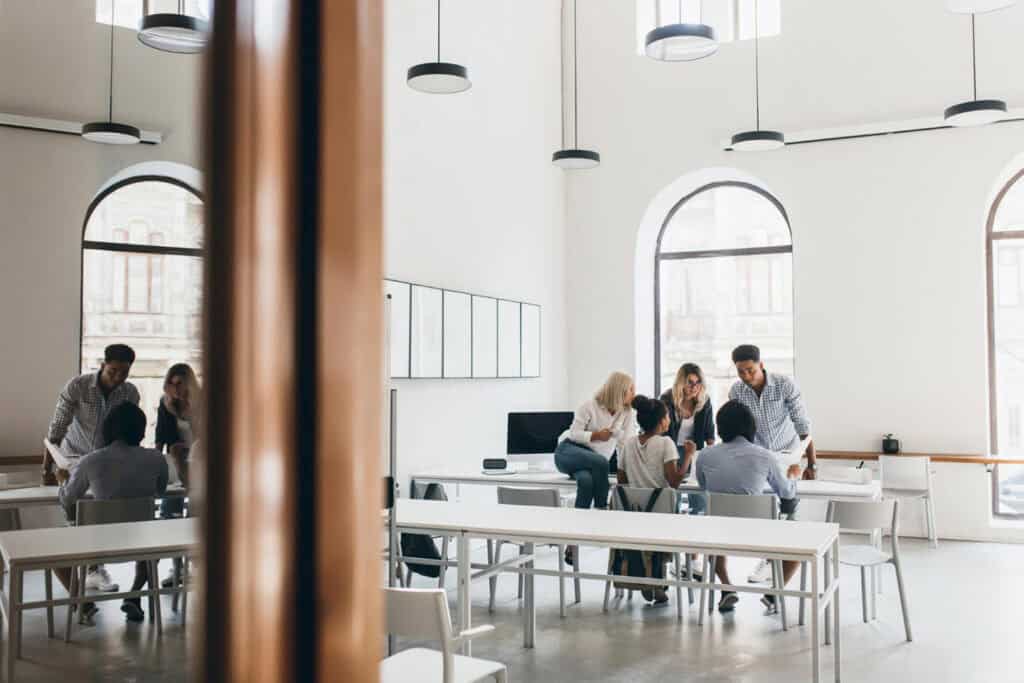

Emphasis in Interior Design: A Recap
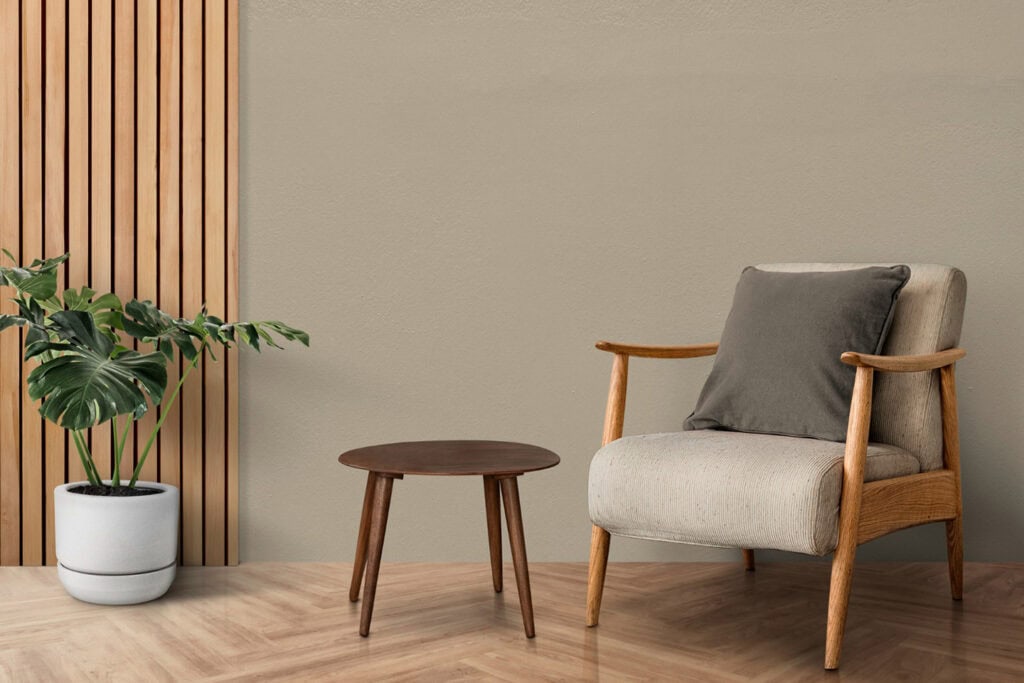
Emphasis is key in interior design. It directs viewers to specific elements. It creates focal points. They enhance visual interest and harmony in Interior Design. By using various design principles, one can effectively draw the viewer’s eye.
Ready to transform your space with emphasis? Use the techniques in this article. Create rooms that command attention. For expert tips and design ideas, check our other articles. They will inspire you to create your dream home.










